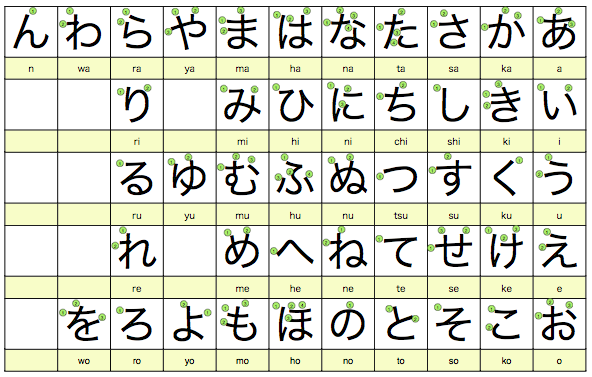Everyone of you already know most of the people in the world started learning Japanese. Everyone might have said it is difficult to learn before started learning and once you started learning you will love it. Yes it is the case with me too. Japan is the place where I lived more than where I was born with respect to work. I am not very good at Japanese language. I started learning language in work environment and from my friends here in Japan. There are different way to learn it same like other languages.
1. Speak with Japanese/Japanese known people and learn it. (Good way)
2. Watching Japanese Drama/Movie and learn it. (Slow and steady)
3. Learn with private classes and learn it. (Expensive but worth)
4. Learn with public classes offered by volunteers in Japan ward/City office (Cheap and Best Way)
There are many reasons to learn Japanese. What I know based on my personal experience.
1. Earn money than your place.
2. Live in the place which is most peaceful than any other part of the world.
3. Live with the people who give priority to humanity than money.
4. Live with the Govt. which is well designed for people whether they have money or not.
My personal experience is learn by experience is easy way. Start mingle with Japanese friends (Yes they are the best friends and no limit by age) and talk with them with what you know. Recently Japanese are learning English and they can very well communicate in English. As you already know they are well planned, scheduled and occupied. You should mingle with them and adjust your schedule accordingly or schedule with them in advance. My Learning was more with elder people who will guide you more proper way and do’s and don’ts.
I will try to write up what I can from information I have and collected online for the beginners. Please spend time on it and learn it. See you soon in Japan.
